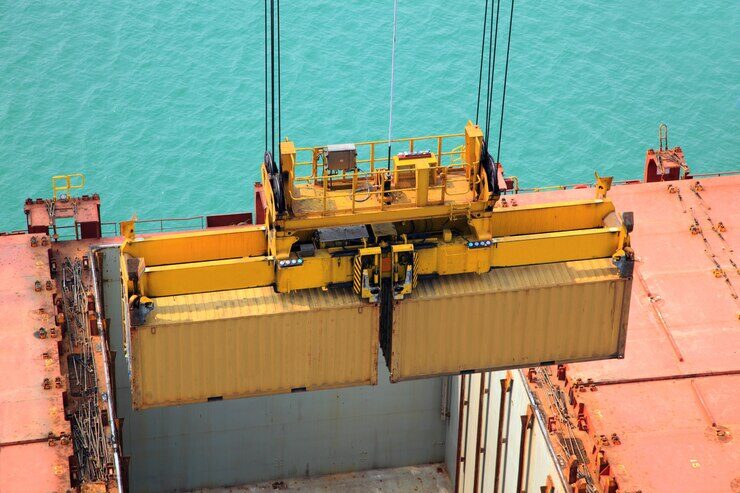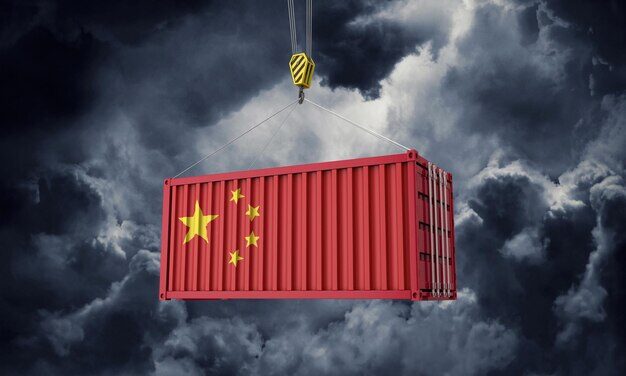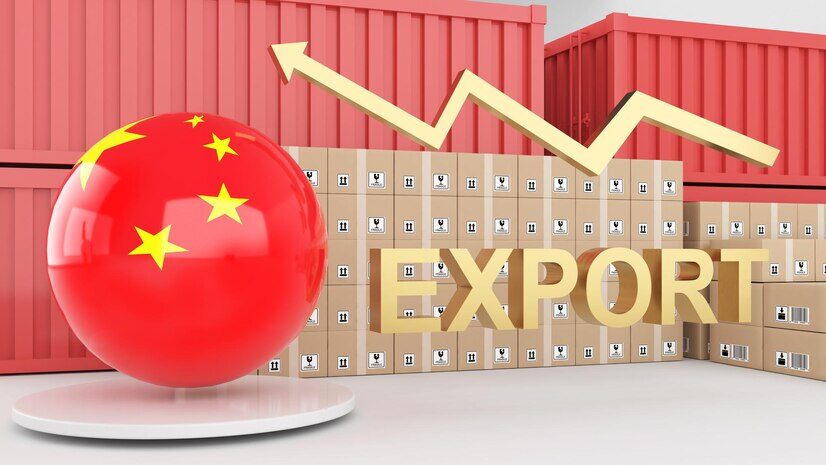International trade involves the movement of goods and services across borders, often over long distances and through different modes of transportation. One of the challenges that traders face is how to optimize the cost and efficiency of transporting their cargo, especially when it comes to bulky or heavy items that require special handling. This is where the concept of break of bulk comes in.
What is break of bulk?

Break of bulk is the process of splitting a large shipment of goods into smaller units that can be easily loaded, unloaded, and distributed to different destinations. For example, a ship carrying containers of rice from China may dock at a port and unload its cargo onto trucks, trains, or barges that will deliver the rice to various markets. By breaking the bulk, the shipper can reduce the cost of transportation and storage, as well as increase the speed and flexibility of delivery.
The history and significance of break of bulk from China

China is one of the world’s largest exporters of goods, ranging from electronics and machinery to textiles and toys. According to the World Bank, China accounted for 13.7% of the global merchandise exports in 2019, valued at $2.5 trillion. To facilitate its trade with other countries, China has developed a network of ports, railways, roads, and airports that enable the efficient movement of goods within and outside its borders.
One of the key factors that has contributed to China’s success in international trade is its ability to break the bulk of its exports. China has a long history of breaking the bulk, dating back to the ancient Silk Road that connected China with Europe and Asia through land and sea routes. Along the way, merchants would exchange goods, such as silk, porcelain, spices, and tea, with local traders, who would then distribute them to different markets. This enabled China to expand its trade network and influence across the world.
Today, China continues to break the bulk of its exports through its modern infrastructure and logistics systems. China has more than 2,000 ports, including some of the busiest and largest in the world, such as Shanghai, Shenzhen, Ningbo-Zhoushan, and Guangzhou. These ports handle millions of containers every year, transferring goods from ships to other modes of transportation, such as trucks, trains, and planes. China also has the world’s longest railway network, spanning over 146,000 kilometers, and the second-largest road network, covering over 5 million kilometers. These networks connect China’s ports with its inland regions and neighboring countries, allowing the smooth flow of goods across the country and beyond.
Advantages of break bulk shipping from China

By breaking the bulk of its exports, China enjoys several advantages in international trade, such as:
- Cost savings through break of bulk: Breaking the bulk can reduce the overall cost of transportation and storage for shippers and buyers. For example, shipping a container of goods from China to Europe by sea may cost less than shipping the same goods by air, but it may take longer and require more storage space at the destination. By breaking the bulk at a port near the destination, the shipper can save on the cost of sea freight and storage, while the buyer can receive the goods faster and in smaller quantities that suit their demand.
- Increased efficiency and flexibility in supply chains: Breaking the bulk can also improve the efficiency and flexibility of supply chains, especially for time-sensitive or customized goods. For example, a manufacturer of smartphones in China may ship its products in bulk to a distribution center in Europe, where they can be unpacked and configured according to the specifications of different customers. By breaking the bulk at the distribution center, the manufacturer can reduce the lead time and inventory cost, as well as increase the responsiveness and customization of its products.
- Reducing risks and improving inventory management: Breaking the bulk can also help reduce the risks and improve the inventory management for shippers and buyers. For example, a retailer of clothing in Europe may source its products from different suppliers in China, who may ship their goods in bulk to a warehouse in Europe. By breaking the bulk at the warehouse, the retailer can avoid the risk of overstocking or understocking its products, as well as optimize the allocation and replenishment of its inventory.
Break bulk Shipping strategies for businesses.

To take advantage of the benefits of break of bulk from China, businesses need to adopt some strategies, such as:
- Choosing the right mode and location of transportation: Businesses need to consider the cost, speed, reliability, and environmental impact of different modes of transportation, such as sea, air, rail, road, and pipeline, and choose the one that best suits their needs and budget. They also need to select the optimal location of breaking the bulk, such as a port, a railway station, a airport, or a warehouse, that can offer the best facilities, services, and connectivity for their cargo.
- Negotiating the best terms and conditions of trade: Businesses need to negotiate the best terms and conditions of trade with their suppliers, customers, and intermediaries, such as freight forwarders, customs brokers, and insurance companies. They need to clarify the responsibilities, liabilities, and costs of each party involved in the break of bulk process, as well as the documents, licenses, and regulations that need to be complied with.
- Leveraging the latest technology and innovation: Businesses need to leverage the latest technology and innovation that can enhance the break of bulk process, such as digital platforms, blockchain, artificial intelligence, and internet of things. These technologies can help improve the visibility, traceability, security, and efficiency of the break of bulk process, as well as reduce the errors, delays, and frauds that may occur.




